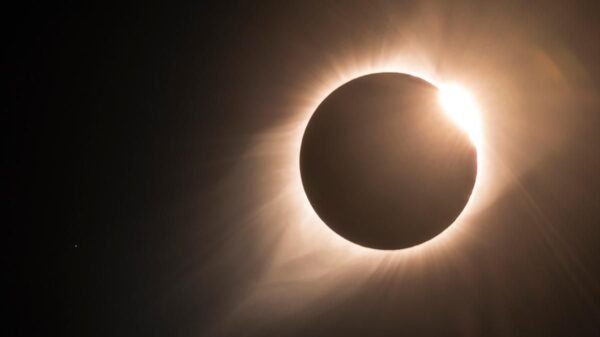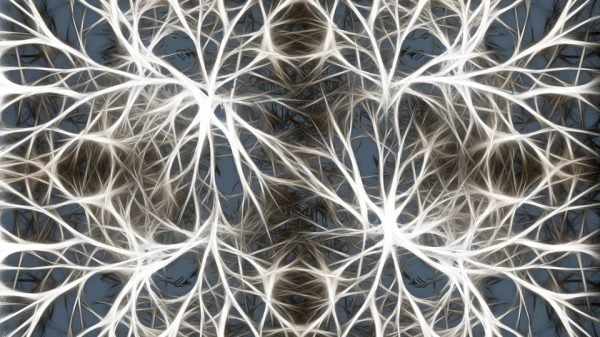For many years, evolutionary biologists have tried to uncover the mysteries of life. Now, they may be one step closer to that reality with the discovery of Luca (the last universal common ancestor).
Luca is a one-cell bacterium-like structure that resided on Earth 4 billion years ago when the Earth was still 560 million years old.
With the discovery of Luca, scientists may be able to account for the origin of life and where life first emerged. Did life emerge in an extreme environment or a peaceful environment?
Biologists often question the identity of life’s earliest ancestor due to inadequate data. It is difficult to trace early ancestry with a lack of common ancestry among the three domains of life archaea, bacteria, and eukaryotes.
Scientists now speculate that bacteria and archaea emerged first. Eukaryotes evolved from bacteria and archaea and developed later. A group of evolutionary biologists used this information as a starting point for their studies. William F. Martin from Heinrich Heine University in Dusseldorf, Germany, is currently leading a team of researchers to figure out the origins of archaea and bacteria.
Evolutionary biologists use protein coding genes of archaea and bacteria to trace ancestry. Over the years, scientists accumulated 6 million genes with gene decoding machinery. Gene sequences were taken from thousands of microbes.
By utilizing 6 million gene sequences, scientists can form evolutionary family trees by comparing genes of different organisms. If an organism shares a gene with a different organism, they must have descended from the same ancestral line. Scientists have recently found that only 355 genes meet the criteria of descending from Luca.
Researchers are using the 355 discovered genes to figure out where life first surfaced.
The 355 genes reveal that Luca lived in severe environmental conditions. The genes pointed that Luca resided in a hypothermal vent. Vapor is exuded from the area due to seawater reacting with magma.
Dr. Martin also sparked debate in evolutionary science by suggesting that Luca may be similar to the origin of life. Mr. Martin supports his theory by stating that Luca doesn’t have the necessary genes for living and Luca is “half-alive”. This is because Luca uses the chemicals in its environment to survive.
Certain biologists don’t agree with Dr. Martin’s theory and argue that Luca is too complex to be close to the origin of life.
Jack Szostak studies cell membrane evolution at Massachusetts General Hospital and states that Luca is too complex to be the beginning of living things. As reported by Dr. Martin’s data, Luca is capable of synthesizing proteins, but little information indicates that Luca can synthesize simpler proteins.
Another flaw with Dr. Sutherland’s theory is that there is too little evidence to prove that Luca is “half-living”. Just because Luca relies on environmental factors for its survival it doesn’t mean it’s half alive. We go to the supermarket to get food that is necessary for our survival, but that doesn’t mean that we are half-alive.
Although Luca originated from hypothermal vents, this isn’t necessarily where life originated. Life could have spawned somewhere else and drifted to live in oceanic environments due to unexpected events.
Some scientists theorize that life materialized after the late heavy bombardment. Oceans and seas were vaporized but a deep refuge in the ocean may have supported early life.
Dr. Sutherford doesn’t agree with this theory. He is skeptical about prebiotic chemistry being applicable in the ocean. The ocean would have prevented any chemical compounds from forming. In addition, many chemical reactions of life require ultraviolet light from the sun. With enough evidence to contradict Dr. Martin’s theory, Mr.Sutherford concluded that life was probably formed on the surface of a pond rather than deep in the ocean.
































































Comment Template